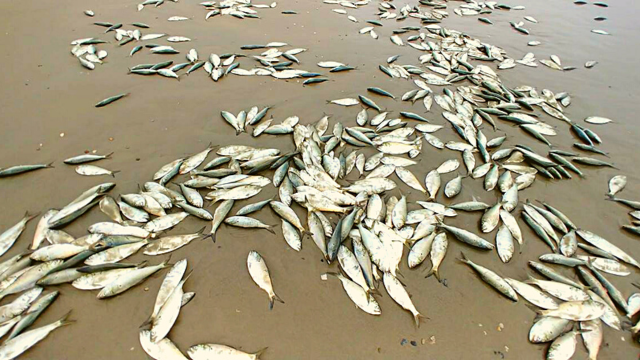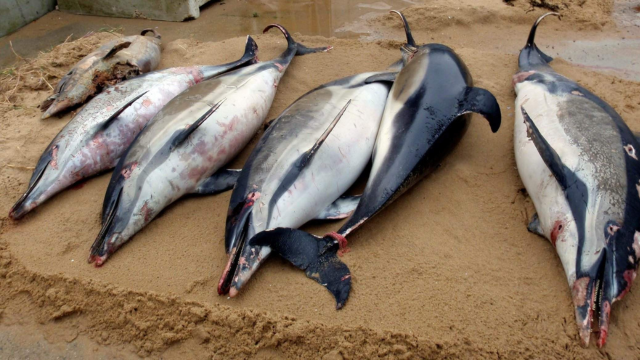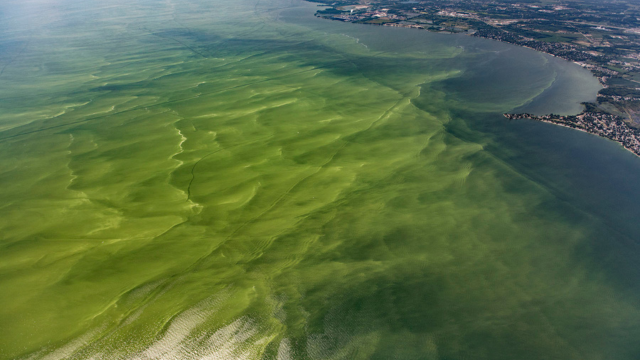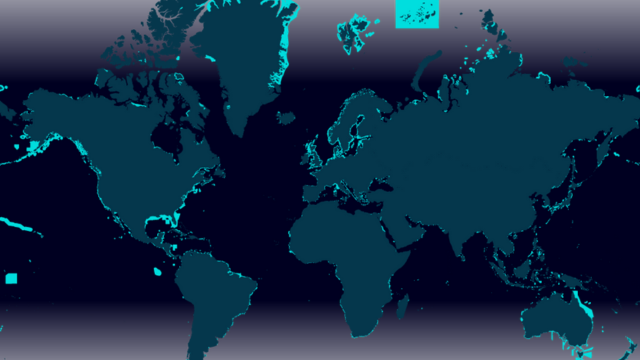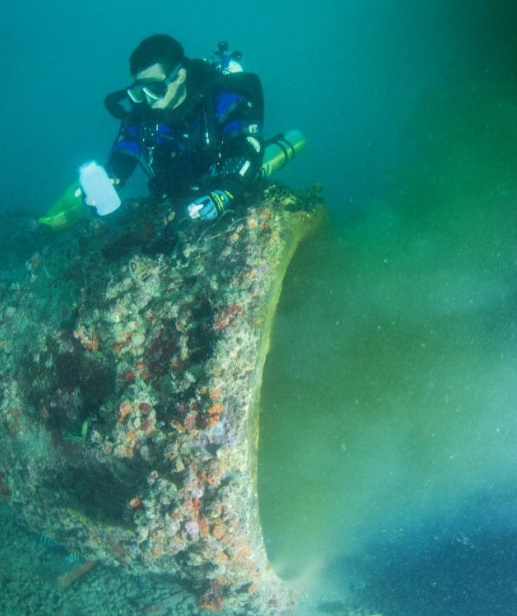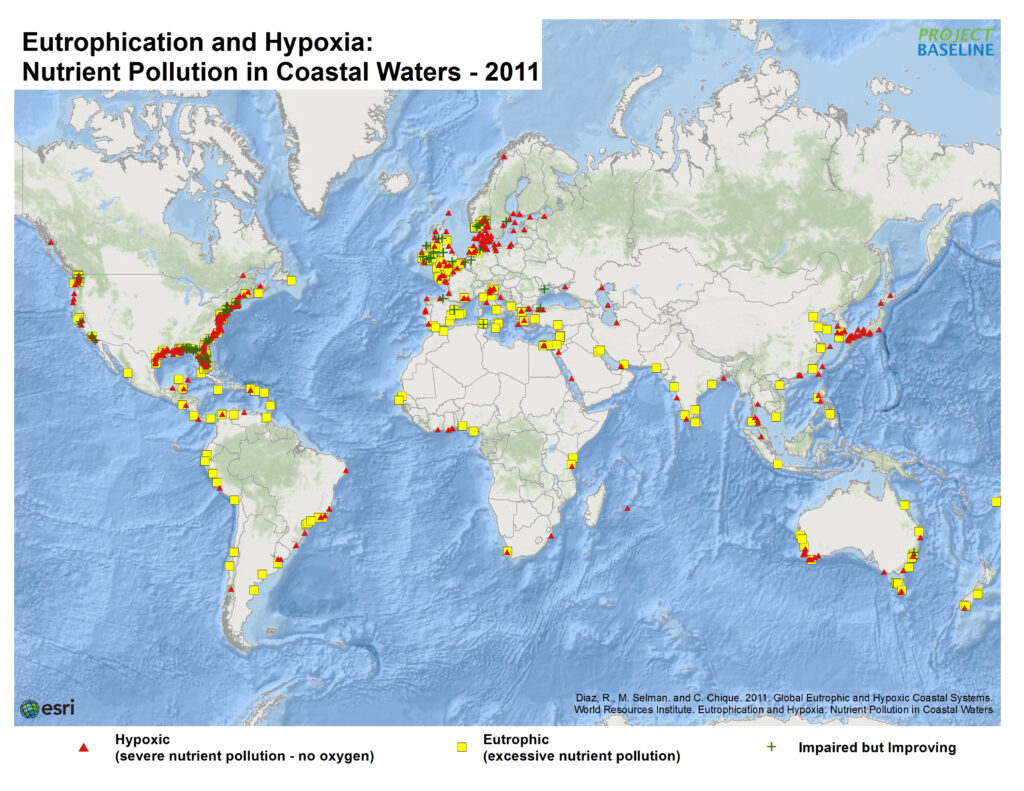EUTROPHICATION
Death of aquatic ecosystems due to excessive nutrient pollution from sewage and fertilizers.
Eutrophication is a Problem
of Epidemic Proportion
Affects nearly all water bodies that receive runoff from developed societies.
Caused by pollution from wastewater discharge & agricultural runoff.
Kills natural ecosystems in coral reefs, springs, rivers, and lakes.
We know why it happens & how to fix it BUT…
Underwater ecosystems are largely out-of-sight / out-of-mind.
What is Project Baseline Doing
Project Baseline is drawing public attention to our dying underwater ecosystems through grassroots action - one reef, spring, lake, and river at a time...
Systematically recording consequences of eutrophication at reefs, springs, lakes, and rivers across the world - Project Baseline Database.
Accelerating the pace of understanding, restoration, and protection efforts – Learn How.
Drawing public attention to the problems and the solutions.
What Can You Do?
Everyone of us is part of the problem and can be part of the solution too.
- Think about how your actions effect the underwater ecosystems you live near.
- We can all reduce the footprints we leave on the Earth.
- Speak up! Advocate for policies that reduce fertilizer use and remove nutrients from wastewater effluent.
- Think about how your actions effect the underwater ecosystems you live near.
